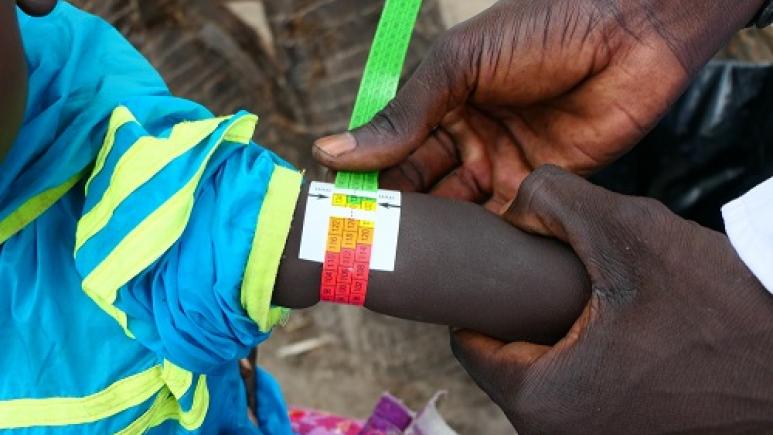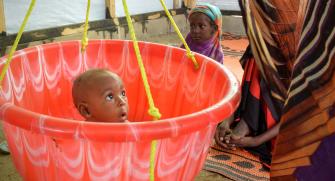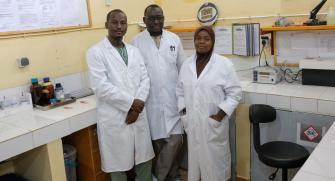Malnutrition: on what criteria should children be admitted to therapeutic nutritional programs?
Each year, from July to October, the combination of the hunger gap and rainy season causes a peak in the number of children suffering from acute malnutrition and malaria in southern Niger. Since the massive food crisis of 2005, the prevention and treatment of child malnutrition has greatly advanced in Niger, but hundreds of thousands of children continue to be affected by this chronic emergency.
This year, in addition to the flow of patients from Niger, there are malnourished children living in the neighboring states of Nigeria. Many Nigerian families turn to the Nigerian health system for life-saving care
For many years, Médecins Sans Frontières has worked in partnership with the Ministry of Health to manage the high burden of acute malnutrition in the region address this.
Beyond the emergency response underway in Maradi, it seems more necessary than ever to develop prevention campaigns against these diseases and to implement innovative and adapted solutions to identify children suffering from malnutrition.
Determine the alert thresholds for severe acute malnutrition.
Epicentre and MSF have been working for years to improve the management of children with severe acute malnutrition and reduce the risk of associated mortality. Since 2007, the management of severe acute malnutrition has consisted of a combination of outpatient treatment with ready-to-use therapeutic foods for cases without clinical complications and inpatient treatment for stabilization of cases with clinical complications. This effective model has saved millions of children. One of the challenges is to identify the children who need to be in such a program. Since 2009, the World Health Organization (WHO) has recommended the use of a weight-for-height score (WHZ) < - 3 and/or a mid-arm circumference (MUAC) < 115 mm as anthropometric criteria for admission to therapeutic nutrition programs.
Because of its simplicity and low cost, the use of MUAC alone has been considered. This could simplify the admission process to therapeutic feeding centers while improving program coverage.
Médecins Sans Frontières (MSF) (Barcelona center) used MUAC as the sole admission and discharge criteria in the therapeutic nutrition program for uncomplicated severe acute malnutrition in Madaoua, Niger in 2018-2019. This allowed Epicentre teams to compare outcomes between the standard program using WHZ and/or MUAC as admission and discharge criteria vs MUAC alone. The MUAC-only program used a threshold of <120 mm, higher than the standard threshold of <115 mm, for admission to increase its sensitivity. Children included in the MUAC-only program were smaller and more often rachitic, but had fewer morbidities at admission. This study found that the MUAC-only model of care was associated with a higher recovery rate and lower default rate than the standard program with very few children excluded from treatment.
These initial results support further evaluation of this MUAC-only program, as it may facilitate screening and increase access to treatment. Further studies are needed to determine how program discharge can also be based solely on MUAC data.
Continuing to improve the care of children suffering from severe acute malnutrition is more than ever a priority given the current situation in Niger. Today, in partnership with health authorities, MSF is scaling up its assistance in pediatric and nutritional treatment in the Maradi region of Niger.
crédit photo : Damaris Giuliana









